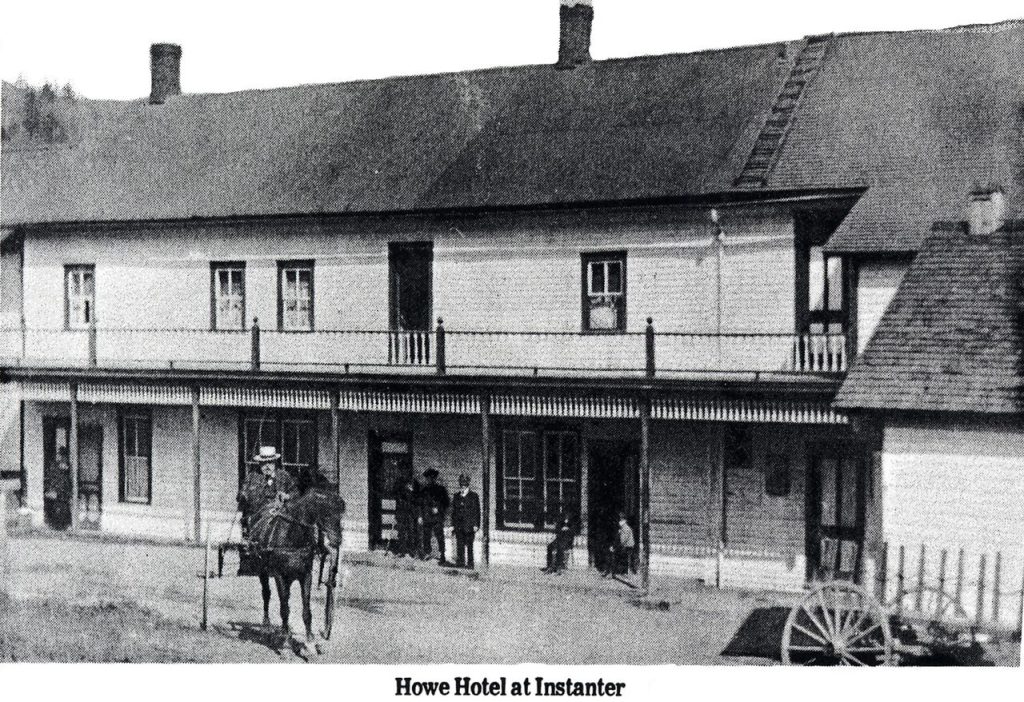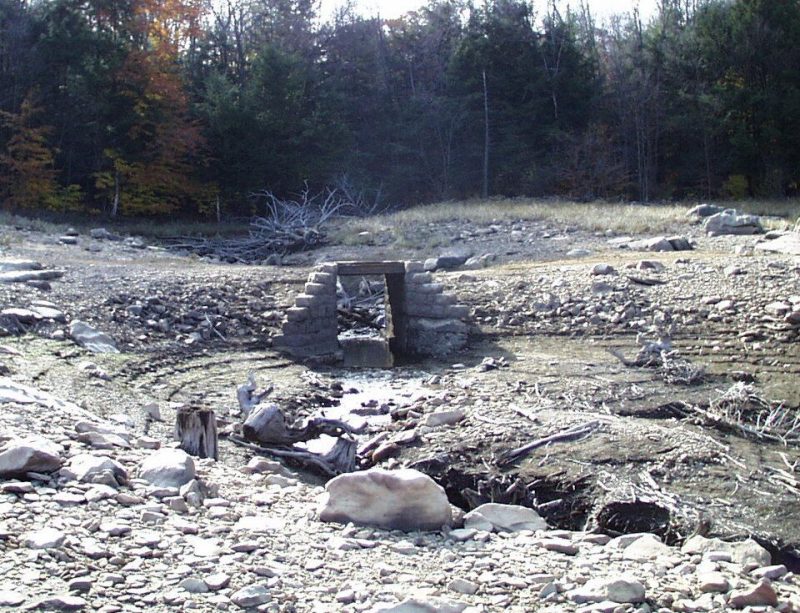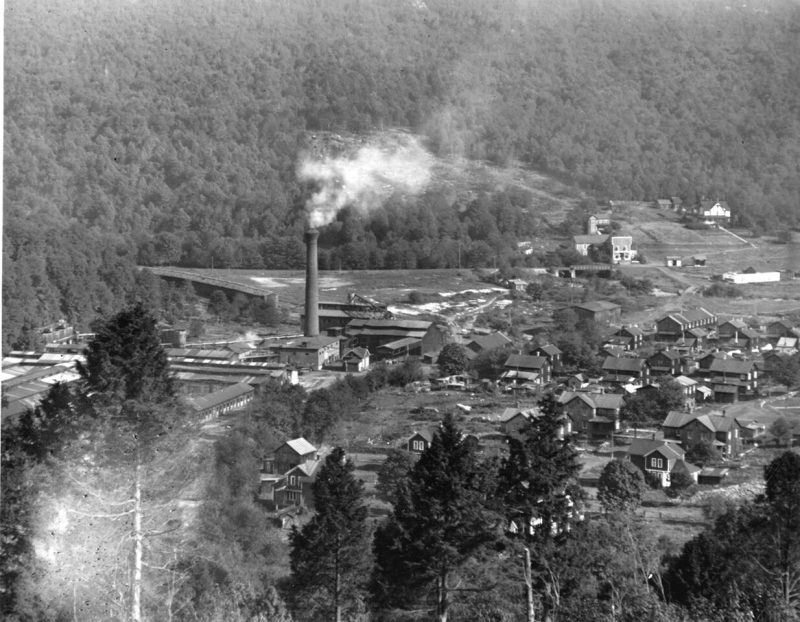by Bob Imhof
The story of Instanter is part of the empire of Henry, Bayard and Company of Philadelphia. In 1888-1889 the Henry’s convinced the Pennsylvania Railroad to build the Johnsonburg and Clermont Branch of their system since they owned most of the adjoining timber along the proposed corridor. Prior to the completion of the railroad the Henrys agreed to sell the hemlock bark to Norman Schultz and J.B. Hoyt, Jr. who had plans for a tannery at the confluence of Seven Mile Run and Instanter Creek, now known as the East Branch of the Clarion River.

The next member of this story is Henry Schimmelfeng a contractor for Henry, Bayard and Company that was completing his contract at Burning Well. He agreed to log, deliver the bark and saw the timber from the Henry’s property. He built a logging railroad along Seven Mile Run during 1889 to begin cutting the 10,000 acres of mostly hemlock. Five Mile Run lands were added in 1892 and his mill averaged 60,000 to 70,000 feet daily. The mill caught fire in March 1897 but was rebuilt in 3 ½ months and operated until September 27, 1902. Mr. Schimmelfeng became very wealthy working for the Henry’s and built a beautiful home overlooking his sawmill that later became the St. John’s Episcopal Mission Chapel. Mr. Schimmelfeng later built a magnificent home in Ridgway that was sold to the Ridgway Elks Club in 1925.

In December, 1926, rumor became fact, as the Elk Tanning Company announced that its Instanter tannery would cease operations permanently on the twenty-first day of that month. Sometime later the large brick stack that marked the tannery was undermined with a mammoth charge of dynamite, and immediately upon ignition, the 150-foot-high sentry that had stood as a guard over the valley for thirty-seven years, collapsed in a gigantic heap of two hundred and fifty thousand bricks.
The Johnsonburg and Clermont Railroad which had served the East Branch Valley since 1889 became the victim of the industrial decline in the area and run its last train in 1927.

Following the great Clarion River Floods of 1936 and 1942 and beginning in 1948 the Federal Government started to acquire land and buildings owned by private individuals preparatory to the construction of the East Branch Flood Control Dam. The flood control dam was completed in 1952 and the site for the towns of Instanter and Straight are now under its waters. Presently the site of Instanter is very visible due to the extensive work being done on the East Branch dam that is scheduled to be completed in the 2020 at a cost of $250 million dollars.


















